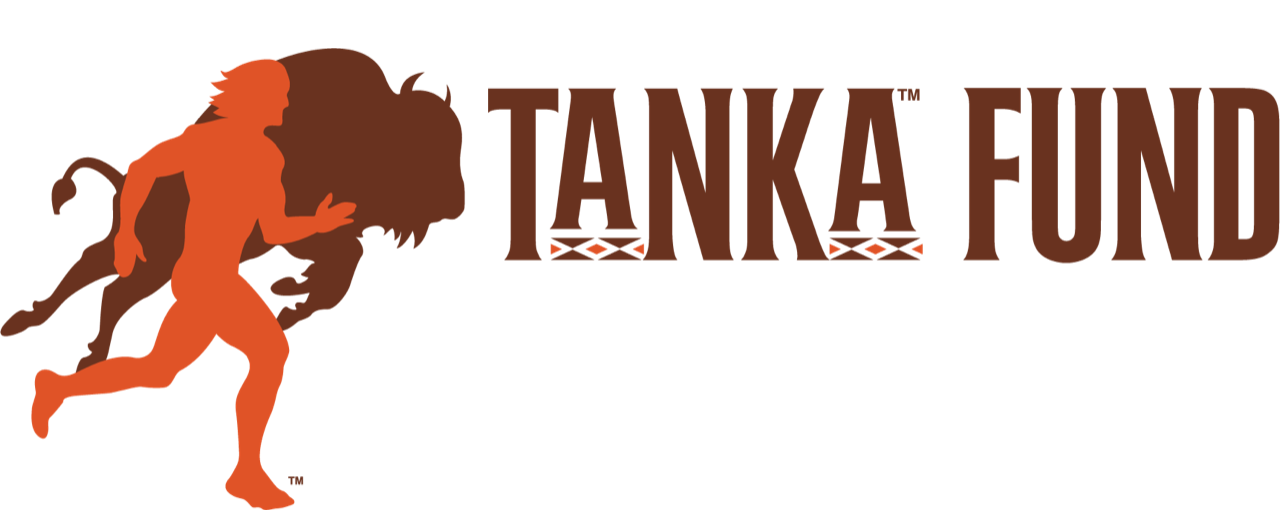Returning Buffalo: The work behind the dream
Summary:
As release season approaches, rancher partners are working hard and facing rising costs to prepare their land for new Buffalo. Infrastructure like fencing, corrals, chutes, and quality water are essential to the herd’s health and safety. Tanka Fund supports ranchers through funding and technical assistance, helping to make these dreams possible. Families like Wayne and Alex Frederick on the Rosebud Reservation and Tim and Jessica Harjo of Sovereign Ranch are seeing Buffalo return to their lands because of this support. These efforts are only possible with donations that ensure Buffalo are restored to Native lands, lives, and economies.
5 Key Points:
Fencing is critical for Buffalo safety, averaging $39 per foot.
Ranchers must also provide corrals, chutes, grasses, and equipment to care for their herds.
Water is essential — an adult Buffalo needs 10–15 gallons daily, and poor water quality can harm their health.
Tanka Fund provides funding and technical assistance like water testing, soil monitoring, and ranch planning.
Success stories: Wayne & Alex Frederick (Rosebud Reservation) and Tim & Jessica Harjo (Sovereign Ranch) realized their Buffalo ranching dreams with Tanka Fund support.
Read longer story below:
With the annual release season approaching, many of our rancher partners are preparing their land to add to their herds. This work takes not only great effort but also faces rising costs. Every ranch needs essential infrastructure to ensure the comfort of the Buffalo and the success of the operation.
One of the biggest expenses is fencing. Because of their size and strength, Buffalo require extensive fencing and they can jump over six feet. Some ranchers even need to reevaluate the fencing they already have to keep the herd safe.
“It’s a chess game — we have to start thinking ahead in the springtime,” says Skylar Pogue, a member of the Tanka team and part of GP Ranch, one of our rancher partners. She explains that as ranchers get new animals, they must have space to contain them, either in a corral temporarily or a paddock, which can be an issue for those without fencing.
This can be especially tough for new ranchers starting in the spring. There are chutes for animal checkups, grasses to manage (Buffalo eat about 3% of their body weight daily), and equipment to maintain — all while fencing can average around $39 per foot.
Water is another essential. “We all want our animals and wildlife to have access to good water,” says Janét Moore, Tanka Fund’s range ecologist. She notes that an adult Buffalo typically drinks 10–15 gallons per day, and water quality is just as important as quantity. “Key factors affecting water quality include pH, total dissolved solids (TDS), nitrates, sulfates, and the presence of harmful microorganisms. Ruminants are especially susceptible to sulfates. High levels can reduce copper availability in the diet and cause severe health problems.”
That’s where Tanka Fund comes in. With donor support, we help ranchers prepare to caretake Buffalo by funding infrastructure and providing technical assistance such as water testing, ranch planning, soil and grass monitoring, and best practices for long-term success.
For many, this work represents the realization of a dream. Wayne and Alex Frederick saw Buffalo return to their Rosebud Reservation land for the first time in more than 125 years. Tim and Jessica Harjo of Sovereign Ranch moved their family from California to Apache, Oklahoma, to raise Buffalo and pass down generational wisdom and caretaking to their children.
These spiritually, culturally, and economically significant efforts are only possible with donor support. Tanka Fund is the only organization that works solely with, and financially funds, private Native American family- and community-owned Buffalo ranches.
Help us continue bringing Buffalo back to Native lands, lives, and economies. Donate today at tankafund.org/donate.

